Our colors
The corporate colors have a high signal effect - and thus also great recognition potential. They make a strong contribution to the uniformity of the overall design.
Our company colors situate RUAG in Switzerland and in the technology sector.
They convey our origin and competence, and in this way reflect our company's orientation.
The correct use of our colors is of great importance for our company brand's recognition value.
Primary colors
Those colors which fundamentally define our visual identity, are referred to as primary colors. The following primary colors have been defined: light grey, dark grey and dark red.
All primary colors appear in the RUAG logo. The RUAG red corresponds to the red of the Swiss cross.
Furthermore, the RUAG element and font elements are set in the primary colors.
All primary colors are defined with fixed values for print and digital production in specific color spaces and cannot be modified.
RUAG grey
| CMYK | 20 0 0 40 |
| Pantone | 7543 |
| RGB | 150 165 175 |
| HEX | #96A5AF |
| RAL | 7001 |
RUAG dark grey
| CMYK | 20 0 0 70 |
| Pantone | 431 |
| RGB | 80 85 90 |
| HEX | #50555A |
| RAL | 7012 |

RUAG red
| CMYK | 0 100 100 0 |
| Pantone | 485 |
| RGB | 255 0 0 |
| HEX | #FF0000 |
| RAL | 3020 |
RUAG dark red
| CMYK | 0 100 80 65 |
| Pantone | 188 |
| RGB | 89 0 18 |
| HEX | #590012 |
| RAL | 3003 |
Secondary colors
Secondary colors, in contrast to the primary colors, are not fundamental. They are only used in a supporting capacity. They are primarily used in digital communications and when designing graphics. Here they make a more differentiated color scheme possible and allow for better discernibility among interactive applications and tabular values.
All secondary colors are defined with fixed values for print and digital production in specific color spaces and cannot be modified.
| CMYK | 10 5 6 0 |
| RGB | 234 237 239 |
| HEX | #EAEDEF |
| CMYK | 29 16 16 1 |
| RGB | 192 201 207 |
| HEX | #C0C9CF |

| CMYK | 50 32 30 10 |
| RGB | 136 149 158 |
| HEX | #88959E |
| CMYK | 8 42 38 22 |
| RGB | 108 117 124 |
| HEX | #6C757C |
| CMYK | 0 28 14 0 |
| RGB | 255 204 204 |
| HEX | #FFCCCC |
| CMYK | 0 72 49 0 |
| RGB | 255 102 102 |
| HEX | #FF6666 |

| CMYK | 3 100 100 1 |
| RGB | 222 0 4 |
| HEX | #DE0004 |

| CMYK | 30 100 93 43 |
| RGB | 122 0 14 |
| HEX | #7A000E |
| CMYK | 19 0 7 0 |
| RGB | 214 244 245 |
| HEX | #D6F4F5 |
| CMYK | 48 0 18 0 |
| RGB | 133 221 224 |
| HEX | #85DDED |

| CMYK | 70 0 31 0 |
| RGB | 49 183 188 |
| HEX | #31B7BC |
| CMYK | 79 25 42 8 |
| RGB | 37 138 142 |
| HEX | #258A8E |

| CMYK | 84 37 50 30 |
| RGB | 26 99 101 |
| HEX | #1A6365 |
Color weights
Color weighting has an impact on the brand's appearance. The RUAG color climate is proportionally determined by white and the RUAG primary colors.
The most important element for shaping the style is the RUAG element. It sets color accents that, used with a white background or an image motif, constitute the typical brand look. The secondary colors, in contrast, are only used in various accents, and for this reason have no significance for the color climate.
The RUAG color climate consists of white and primary colors.

Download Colors
Here you will find more in-depth information.